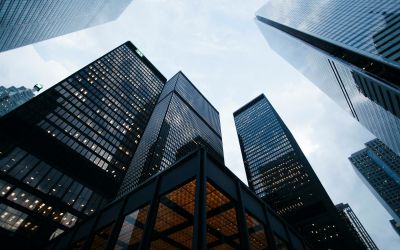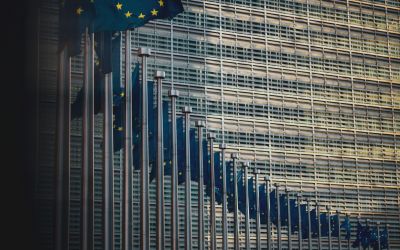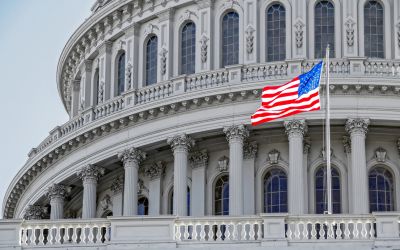New floodplain forest legislation for Amazonas, Brazil
The Amazon rainforest has become yet more sustainable thanks to research by Max Planck Institute for Chemistry and the National Institute for Amazonian Research.

The Amazon rainforest has become yet more sustainable thanks to research by Max Planck Institute for Chemistry and the National Institute for Amazonian Research.
The team of researchers have produced an inventory of extensive forest areas which are regularly flooded by both the Amazon and Solimoes Rivers. With this information they calculated the rates of growth and reproduction of individual species of trees. The Brazilian state of Amazonas has taken these findings to create new logging legislations for the floodplain forests.
Recently Amazonas also passed an amendment for more sustainable logging. The amendment governs how often separate species may be logged, how many trees that can be taken, and the necessary tree circumference. The forested areas alongside both of the rivers – the Varzea forests – extend up to 100 km inland, covering a total of 300,000 km2, virtually equal to the size of Germany.
The Vareza forests frequently flood, and therefore form a unique ecosystem. Unfortunately it is at serious risk from logging, due to its proximity to the river network.
Jochen Schongart, one of the two Max Planck Institute researchers involved said: "Even though the trees in the floodplain forest grow faster than those in dry areas, the rate at which they have been removed in the past is too high for many species to survive."
The previous legislation allowed five trees, with a diameter of 50cm or more, to be removed every 25 years per hectare, regardless of species.
However, many tree species only reproduce later on in their lives, when they are older and thicker, which means that they would be removed before they had time to mature. This would mean that eventually these unique species would become extinct.
Based on their findings, the researchers involved are now proposing different diameters and removal rates for trees, depending on their species and ecosystems. For example, one species has had a 100cm increase before it can be chopped down.
Florian Wittmann a researcher at the Max Planck Institute in Mainz, said: "We are very proud that our fundamental research is being directly applied to better protect the floodplain forest and that our group of researchers is even mentioned explicitly in legislation."
Wittmann is confident that the legislation will be respected, due to the measures already taken by Brazil to slow down deforestation.
"The state of Amazonas is imposing stringent monitoring. There is also a good incentive for the timber industry to observe the strict rules because otherwise they won't be given an environmental certificate and so won't be able to sell their timber," He added that it is not just Brazil but also international timber companies which operate in floodplain forests.
This call for new legislation and better conservation practice comes at a perfect time for Brazil who is becoming inspirational in the fight against climate change.
Author: Charity Knight | Climate Action
Image: thejourney1972 | flickr






